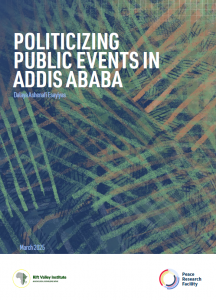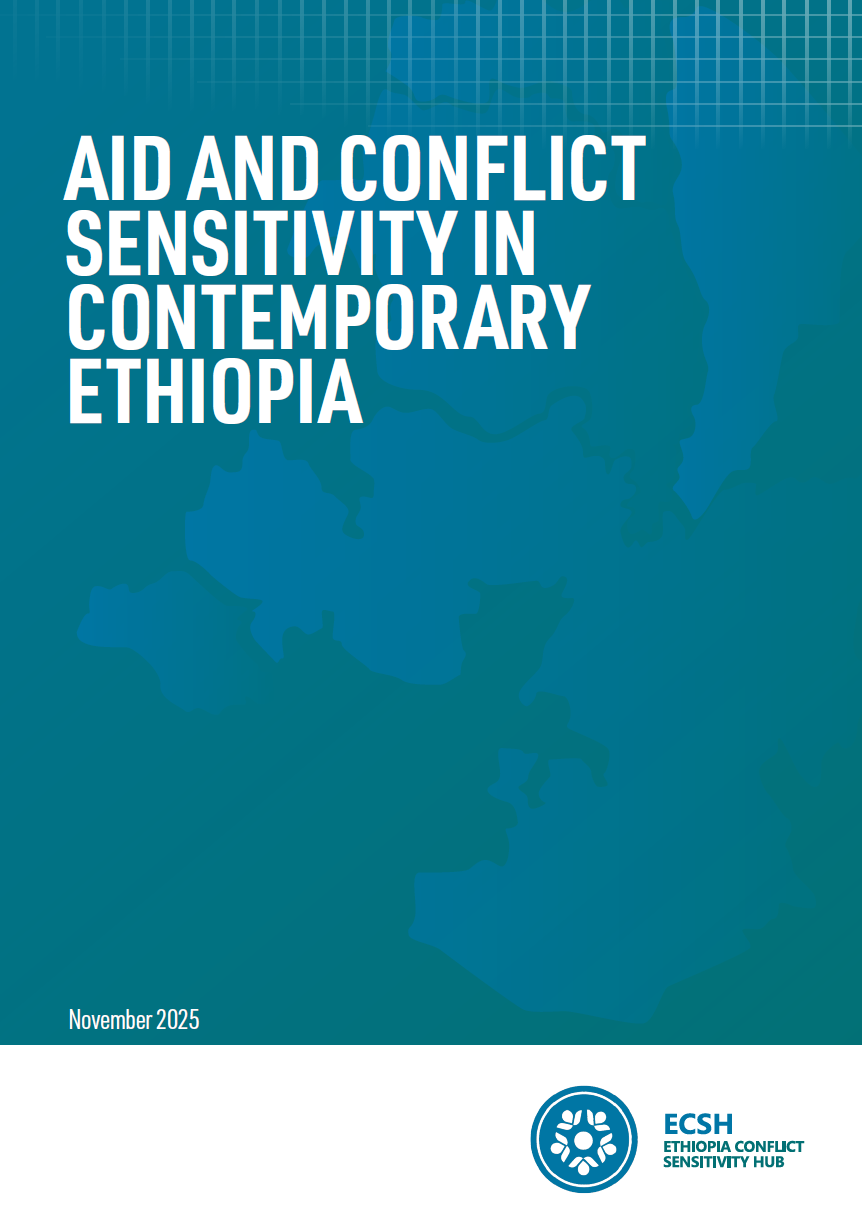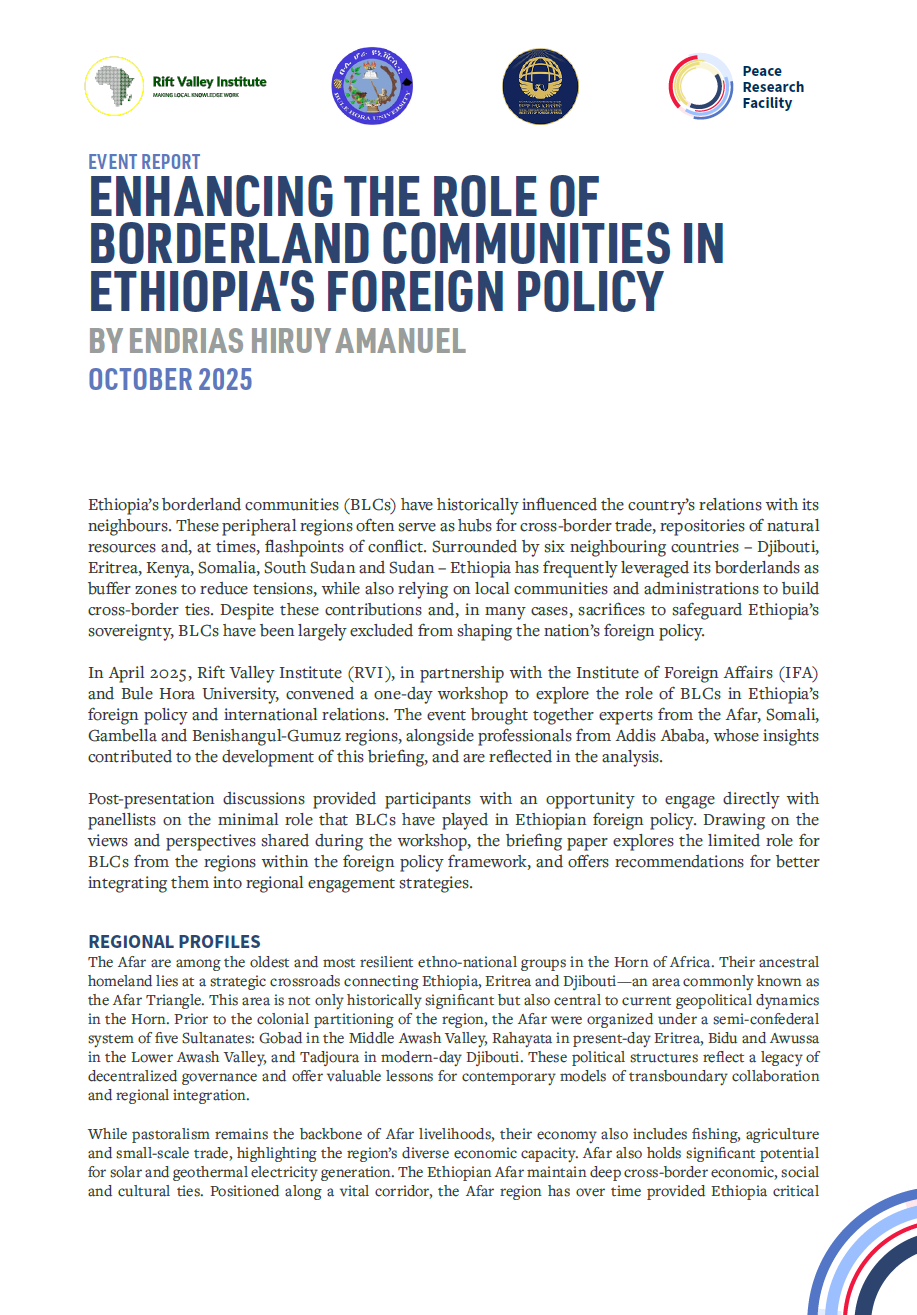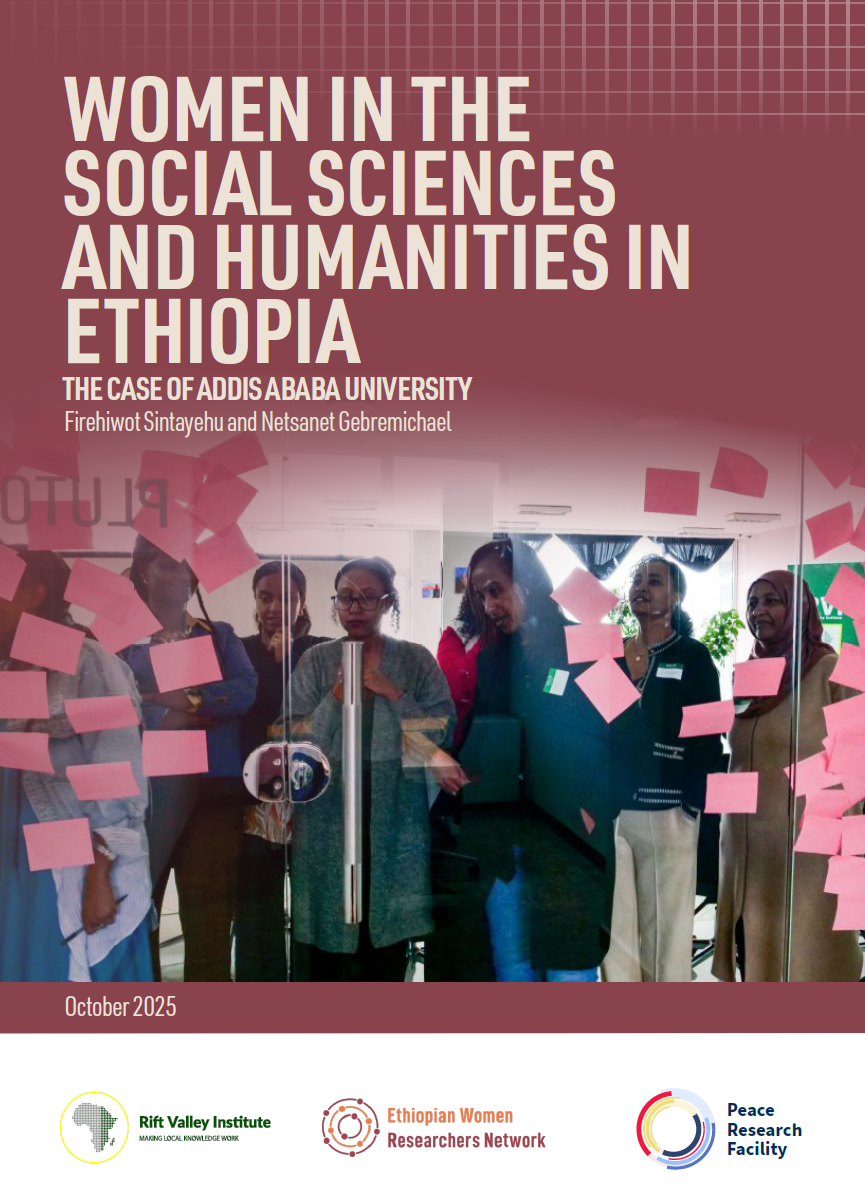The political landscape in Ethiopia since 2018 exemplifies how historical interpretations rooted in collective memory can shape political alignments. Prime Minister Abiy Ahmed Ali’s initial embrace of great tradition narratives clashed with the historical perspectives of his core constituency, the Oromo, who are deeply invested in challenging this dominant narrative. Combined with political rivalries among elites, this dissonance has created fertile ground for intense contestation over historical interpretations. Historical memory has become a weapon in these contestations. Diverse actors wield it to solidify identities, assert power, reclaim lost narratives and challenge dominant interpretations. These contests are often linked to broader struggles for ethnic and cultural recognition.
SUMMARY
- Competing narratives and their subjectivity play a central role. Different communities are shaped by unique experiences and hold distinct perspectives on the past. This subjectivity reflects the multifaceted nature of history, with interpretations constantly evolving through dialogue and critical engagement. Understanding this subjectivity is crucial to deciphering contested narratives in Ethiopia.
- Contestations and politicization around public events are not mere squabbles. They are battles between elites for narrative control. These competing historical narratives serve as powerful tools to shape social and political realities. Four public events in Addis Ababa offer insight about these conflict dynamics: Adwa Victory Day celebrations; the annual Great Ethiopian Run; Irrecha (Oromo thanksgiving ceremony and festival); and recent contestations over Meskel Square.
- Constitutional rights encourage groups to preserve and promote their history, effectively turning collective memory into a contested landscape for political groups. Therefore, in contemporary Ethiopia where history holds such political significance, what matters is not so much what happened in the past but how those events are remembered.
- The official narrative surrounding the Battle of Adwa, often disseminated through the great tradition narrative, glorifies the leadership of Emperor Menelik II and portrays the victory over Italian imperialism as a triumph for all Ethiopians. This narrative, however, overlooks the experiences and contributions of marginalized groups such as the Oromo, whose ancestors also fought alongside the Menelik II forces in 1896.
- The 2018 appointment of the first Oromo prime minister, Abiy, created an opportunity for the Oromo community to retell their history and claim their place in the Adwa narrative. This counter-history highlights the role of their ancestors in the battle, while also addressing the historical trauma associated with Menelik II’s expansion of imperial Ethiopia into traditional Oromo lands.
- The Great Ethiopian Run has grown from its sporting roots to become a symbol of civic expression and peaceful protest in Addis Ababa. Although it extends across Ethiopia with more than 100 local races, the impact of this event as a platform for dissent is particularly strong in its place of origin, Addis Ababa. Participants leverage the festive atmosphere surrounding this event to voice grievances and advocate for political change.
- The Irrecha festival in central to Oromo cultural identity and spiritual practice but has faced suppression and marginalization for centuries. While a sense of shared cultural heritage forms a unifying thread, closer examination reveals significant internal diversity in how Irrecha is interpreted and experienced. The cultural significance of Irrecha centres around thanksgiving and enjoys broad acceptance in the Oromo community. The traditional rituals, festivities and celebration of unity resonate with many. In terms of the political staging and religious elements of Irrecha, however, divergent interpretations and tensions emerge.
- The history of Meskel Square complicates contestations over its ownership. Name changes and repurposing under multiple regimes reflect the evolving social and political fabric of Ethiopia. While the Ethiopian Orthodox Tewahedo Church (EOTC) emphasizes its long association with the space, others point to periods when the square held broader secular significance. This highlights the need to navigate conflicting historical perspectives. It also reveals the need for all stakeholders to acknowledge the multifaceted identity of this space. The contestation goes beyond practical issues relating to legal rights and usage. It touches upon deeper issues of religious sensitivity, anxieties over cultural dominance and the desire for inclusivity.
- Seeking remedies to ease these various contestations means going beyond symbolic gestures. It demands tackling the root causes of historical injustices in order to prevent their recurrence. For Adwa, this might involve dismantling imperial legacies and fostering equitable relations. For Irrecha, it could entail addressing systemic inequalities and promoting genuine inclusivity. While these threads connect Irrecha and Adwa, recognizing their distinct contexts and meanings is crucial.
Peace Research Facility
This report was written for the Ethiopia Peace Research Facility (PRF) and is part of its Knowledge for Peace (K4P) series on contested urban spaces. The PRF is an independent facility combining timely analysis on peace and conflict from Ethiopian experts with support for conflict-sensitive programming in the country. It is managed by the Rift Valley Institute (RVI) and funded by the UK government.
Please find an Amharic summary of the report here.




